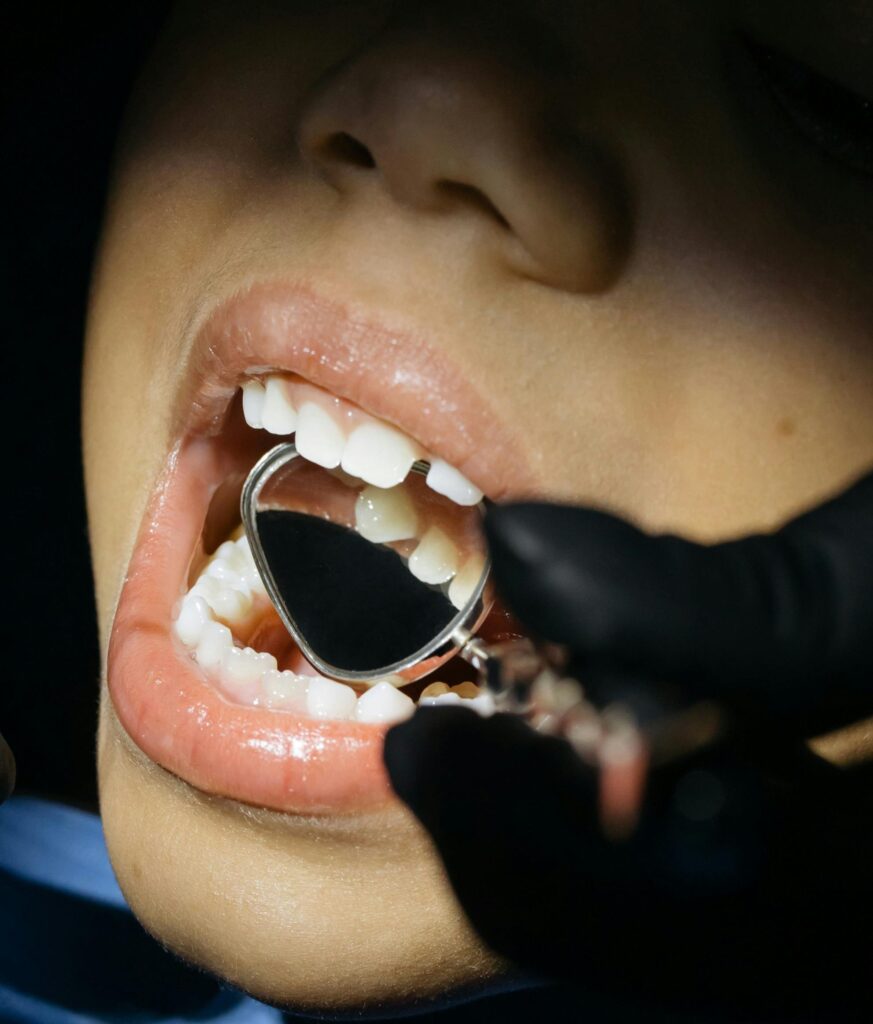
Humans have suffered from cavities since ancient times. Long before modern dentistry, many believed cavities were caused by worms inside the teeth, a theory that was widely accepted across different cultures.
This belief endured for thousands of years, but advancements in dental medicine have since disproved the existence of tooth worms.
Tooth decay is actually caused by dental plaque—a sticky film consisting of saliva, bacteria, acids, and food particles. As plaque accumulates, it erodes the outer layer of teeth, leading to decay and cavities, also known as dental caries.
Despite scientific evidence, the myth of tooth worms still lingers in some places. Let’s explore the origins of this myth and how it might have begun.
The Origins of the Tooth Worm Myth
The idea of tooth worms dates back to 5000 B.C. A Sumerian text from that era attributed tooth decay to tooth worms.
Ancient Chinese scripts from 1500 B.C. also mentioned tooth worms. Carved into bones, these texts describe tooth worms attacking the mouth and teeth.
The belief was prevalent in the Roman Empire and the Middle Ages as well.
Generally, tooth worms were thought to gnaw at teeth and cause decay. They were also believed to inhabit gums and cavities.
Possible Reasons Behind the Belief in Tooth Worms
Water Infected with Guinea Worms
One theory is that people were actually seeing Guinea worms (Dracunculus medinensis) from contaminated water. When in cold water, pregnant female Guinea worms can release over 500,000 larvae.
Guinea worms live on cyclopoid crustaceans, which are often found in drinking wells. If people used well water, they might have witnessed these worms expelling larvae, mistaking them for tooth worms.
Worm-like Structures in Teeth
Another possibility lies in the microscopic cylindrical structures in human teeth. Researchers at the University of Maryland Dental School discovered tiny, hollow, worm-like structures attached to tooth tubules. Though scientists don’t fully understand these structures, ancient people may have mistaken them for worms.
Henbane Seed Treatments
In Medieval England, cavities were treated using the fumes of burned henbane seeds. Henbane, a medicinal plant, was heated with charcoal, and the person inhaled the fumes.
The ash of burned henbane seeds resembled worms, and the plant’s narcotic properties relieved tooth pain. This likely reinforced the belief in tooth worms.
Other Myths About Cavity Causes
Throughout history, various other theories existed about what caused cavities, including:
- Chemical agents
- Defective saliva
- Inflammation of the alveolar bone (part of the jaw that holds the teeth)
- Sudden temperature changes
- Mechanical injuries
The Real Cause of Tooth Decay
Modern dentistry has identified the true cause of tooth decay. Plaque forms when food substances, bacteria, and saliva combine and stick to teeth. Tooth decay begins when sugars and starches are left on teeth for extended periods. Bacteria in the plaque consume these foods, producing acids.
These acids erode the enamel, the hard outer layer of teeth, forming cavities. Over time, the acids and bacteria can penetrate the enamel and damage the dentin beneath. If they reach the pulp in the center of the tooth, an infection can develop, causing severe pain and swelling.
Preventing Cavities
Preventing tooth decay and cavities involves good dental hygiene practices, such as:
- Brushing your teeth twice daily
- Flossing between teeth
- Rinsing with mouthwash
- Getting regular dental cleanings and checkups
- Limiting sugary snacks and drinks
- Using fluoride treatments if recommended by a dentist
Takeaway
The myth of tooth worms is an ancient misconception. Modern dental science has proven that worms are not responsible for tooth decay.
The real culprits are bacteria and acids that form plaque on teeth. By maintaining good oral hygiene and getting regular professional cleanings, you can prevent tooth decay. If you suspect you have a cavity, be sure to see a dentist.
A Quick Review
The ancient myth of tooth worms causing cavities has been debunked by modern dentistry. Tooth decay is actually caused by plaque, a sticky film of bacteria, acids, and food particles. This plaque erodes tooth enamel, leading to cavities. Good oral hygiene practices, such as brushing, flossing, and regular dental checkups, are essential for preventing tooth decay. Understanding the true cause of cavities helps in maintaining better dental health.












